Topics
Table of Contents
Childhood is often perceived as a time of innocence and joy, but for many children, it can also be marked by traumatic experiences that have long-lasting effects. Childhood trauma refers to any experience that leaves a deep and lasting emotional scar on a child’s psyche. It can stem from a variety of sources including abuse, neglect, witnessing violence, accidents, natural disasters, and more. Understanding childhood trauma is crucial for recognizing its signs and symptoms, as well as for implementing effective prevention and treatment strategies.
Types of Childhood Trauma
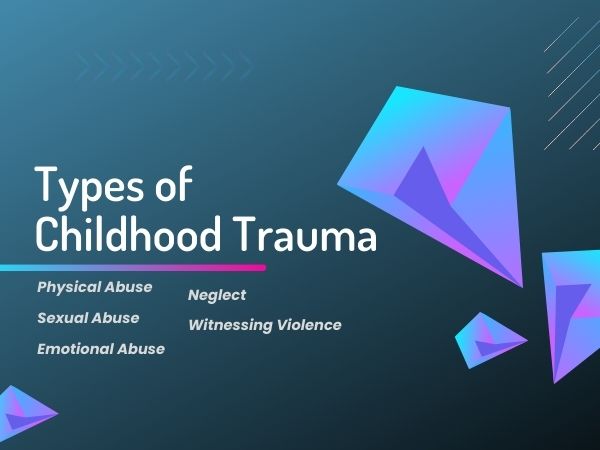
- Physical Abuse: Physical abuse involves intentionally causing harm or injury to a child through hitting, punching, kicking, or other forms of physical violence.
- Sexual Abuse: Sexual abuse involves any sexual activity forced upon a child, including molestation, rape, and exploitation.
- Emotional Abuse: Emotional abuse includes verbal assaults, threats, rejection, and constant criticism that undermine a child’s self-worth and emotional well-being.
- Neglect: Neglect occurs when a child’s basic needs for food, shelter, clothing, medical care, and supervision are not adequately met by caregivers.
- Witnessing Violence: Witnessing domestic violence or community violence can also traumatize children, even if they are not directly involved.
Signs and Symptoms of Childhood Trauma
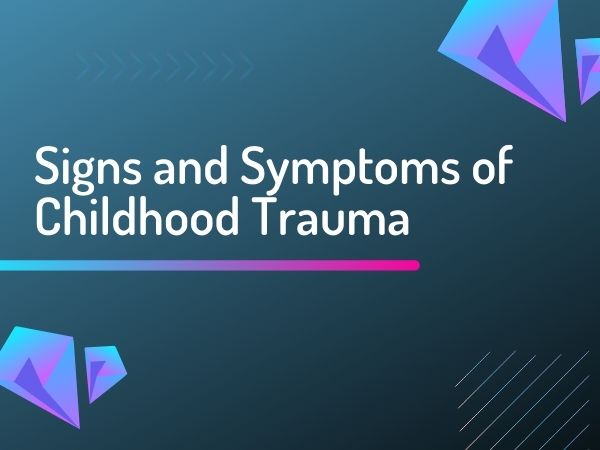
- Persistent feelings of sadness, anxiety, or fear
- Difficulty forming trusting relationships
- Withdrawal from social activities
- Sudden changes in behavior or mood
- Poor academic performance
- Physical complaints without apparent medical cause
- Flashbacks, nightmares, or intrusive thoughts related to the traumatic event
Causes of Childhood Trauma
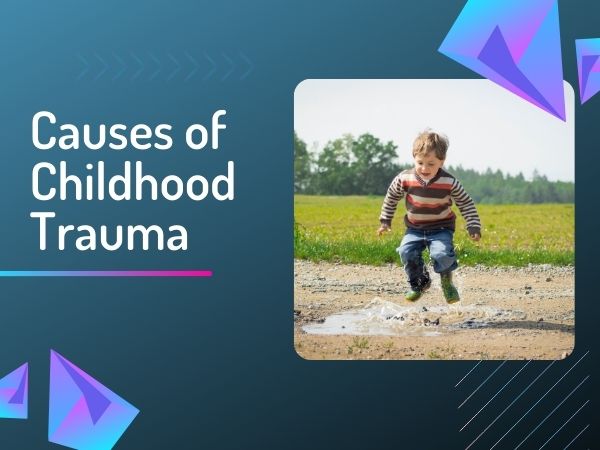
Childhood trauma can arise from a variety of factors, including:
- Dysfunctional family dynamics
- Substance abuse within the family
- Mental illness of caregivers
- Poverty and socioeconomic stressors
- Exposure to violence or crime in the community
- Natural disasters or accidents
Prevention of Childhood Trauma
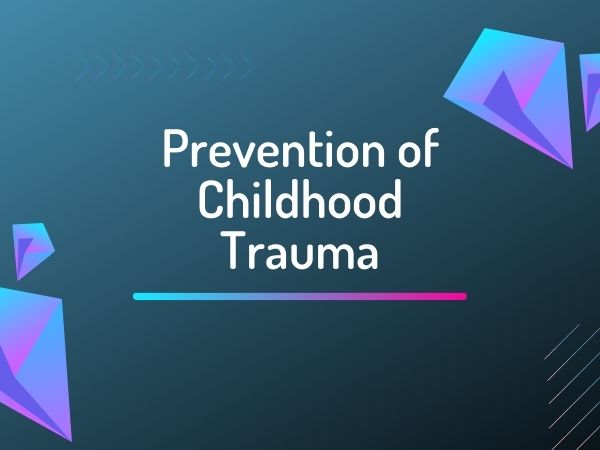
Preventing childhood trauma requires a multifaceted approach that addresses both individual and systemic factors:
- Promoting positive parenting practices and providing support for parents
- Educating communities about the impact of trauma and the importance of early intervention
- Providing access to mental health services and support networks for children and families at risk
- Creating safe and nurturing environments for children to thrive
- Advocating for policies that address the root causes of trauma, such as poverty and inequality
Treatment and Diagnosis
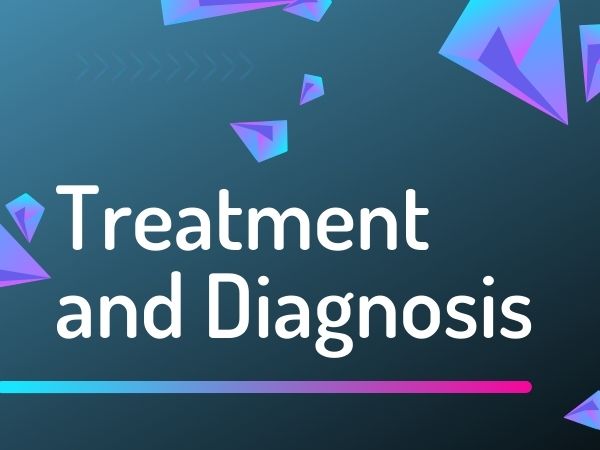
Diagnosing childhood trauma often involves a comprehensive assessment by mental health professionals, including psychologists, psychiatrists, and social workers. Treatment may include:
- Therapy: Cognitive-behavioral therapy (CBT), play therapy, and other forms of psychotherapy can help children process traumatic experiences and develop coping skills.
- Medication: In some cases, medications may be prescribed to alleviate symptoms of anxiety, depression, or other mental health disorders.
- Family therapy: Family therapy can help improve communication and address underlying issues within the family system.
- Support groups: Support groups provide children and families with a sense of community and validation as they navigate the healing process.
Home Remedies for Childhood Trauma

While professional intervention is often necessary for treating childhood trauma, some home remedies can complement formal treatment:
- Establishing routines: Creating predictable routines can provide children with a sense of stability and security.
- Encouraging open communication: Encourage children to express their thoughts and feelings in a safe and supportive environment.
- Promoting relaxation techniques: Teach children relaxation techniques such as deep breathing, mindfulness, and progressive muscle relaxation to help manage stress and anxiety.
- Encouraging healthy lifestyle habits: Encourage children to engage in regular physical activity, eat nutritious foods, and get plenty of restorative sleep.
In conclusion, childhood trauma is a pervasive issue that can have profound and long-lasting effects on a child’s physical, emotional, and psychological well-being. By understanding the types, signs, symptoms, causes, prevention strategies, treatment options, and home remedies for childhood trauma, we can work together to create a world where all children feel safe, valued, and empowered to thrive.
